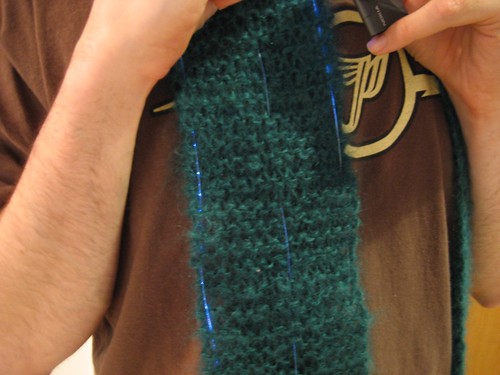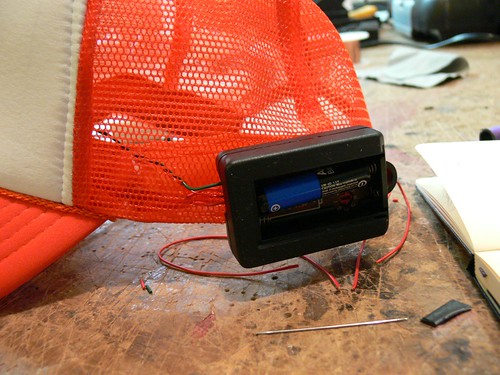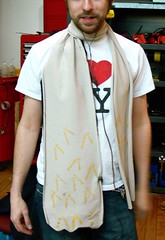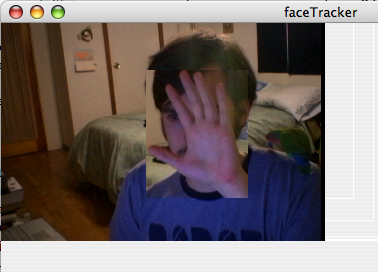On Saturday I visited the New Museum of Contemporary Art to see Critical Space, a retrospective of the works of Andrea Zittel.
Zittel’s work is an exploration of the mundane made profound. But not in the Dadaist sense, of taking ordinary objects and calling them ‘Art’; Zittel explores and refines aspects of our routine existence and produces comprehensive reevaluations of daily life.
Much of her work has the refinement and craftsmanship of superior industrial design — for instance, the ‘Escape Vehicles’ are custom designed and built trailers, for lack of a better word, which have been decked out to the specifications of individual patrons (one was like a luxury car inside, another, a hot tub).
Without describing her work to much, several things stood out: One, the commercial polish that was applied to all of her ‘products’ — everything is branded ‘A-Z Adminstrative Services’, making each work appear to be a commercial product…which in a sense they are, but it also becomes commentary on the abundance of commercialism we see day-to-day.
Two, the virtuosity of her abilities. From custom designed ‘uniforms’ (which she wore every day each fashion season, to various takes on portable living spaces, to paintings and illustrations surrounding and introducing her work, her ability to create not only unique, but refined objects in various media is astounding and inspirational. To what degree she does this herself or contracts construction to others I am not sure, but it is clear that she has a grasp and undertanding of design and construction that adds to the fit-and-finish of all her pieces.
It was disappointing that the work was off-limits to touching/walking on/interacting. I assume this is a weakness of nature of a museum show, and not Zittel’s requirement for the display of her work. It begs to be crawled around, lived in, worked with, and only then, I imagine, is it’s true artistry apparent — by reshaping the spaces around us she attemptes to reshape the way we live and think.




